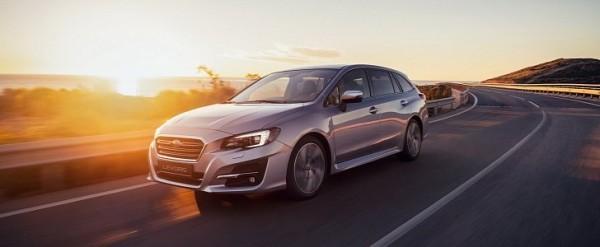
Moving on to the cabin of the Levorg, the sports tourer features power-adjustable lumbar support for the driver’s seat, 40:20:40 split-folding rear seats, improvements to the instrument panel and interior trim, and a 7.0-inch touchscreen infotainment system. As expected, Apple CarPlay and Android Auto are standard alongside DAB radio, satellite navigation, and Bluetooth connectivity with support for media streaming.
Like Volvo, the Japanese automaker thinks highly of safety. The EyeSight suite of driver-assist features includes pre-collision braking, lane departure warning, adaptive cruise control, blind spot monitoring, and a rearview camera. The front-facing camera is complemented by a smart rearview mirror. The big question is, why would Subaru go to such an extent instead of making the D-pillars an idea slimmer?
Technology is the greatest excuse the automotive industry has to offer these days, and layers over layers of technology take their toll on reliability. The widespread use of plastic doesn’t help either, exacerbating the concept of planned obsolescence pioneered by Alfred P. Sloan Jr. at General Motors in the 1920s.
Every Levorg is covered for five years or 100,000 miles in the United Kingdom, and if you were wondering, the 2.0i GT Lineartronic is the only trim level available in this part of the world. At this price point and given the competition, does it come as a surprise the Levorg is a commercial flop?
Subaru sold 36,688 vehicles in Europe in 2018, and the Levorg accounted for 1,748 as opposed to 2,865 units in 2017 and 4,689 in 2016. On the upside, Subaru is working on an heir-apparent with the platform from the Impreza and Legacy. Look forward to the next generation in 2020 for the 2021 model year.








